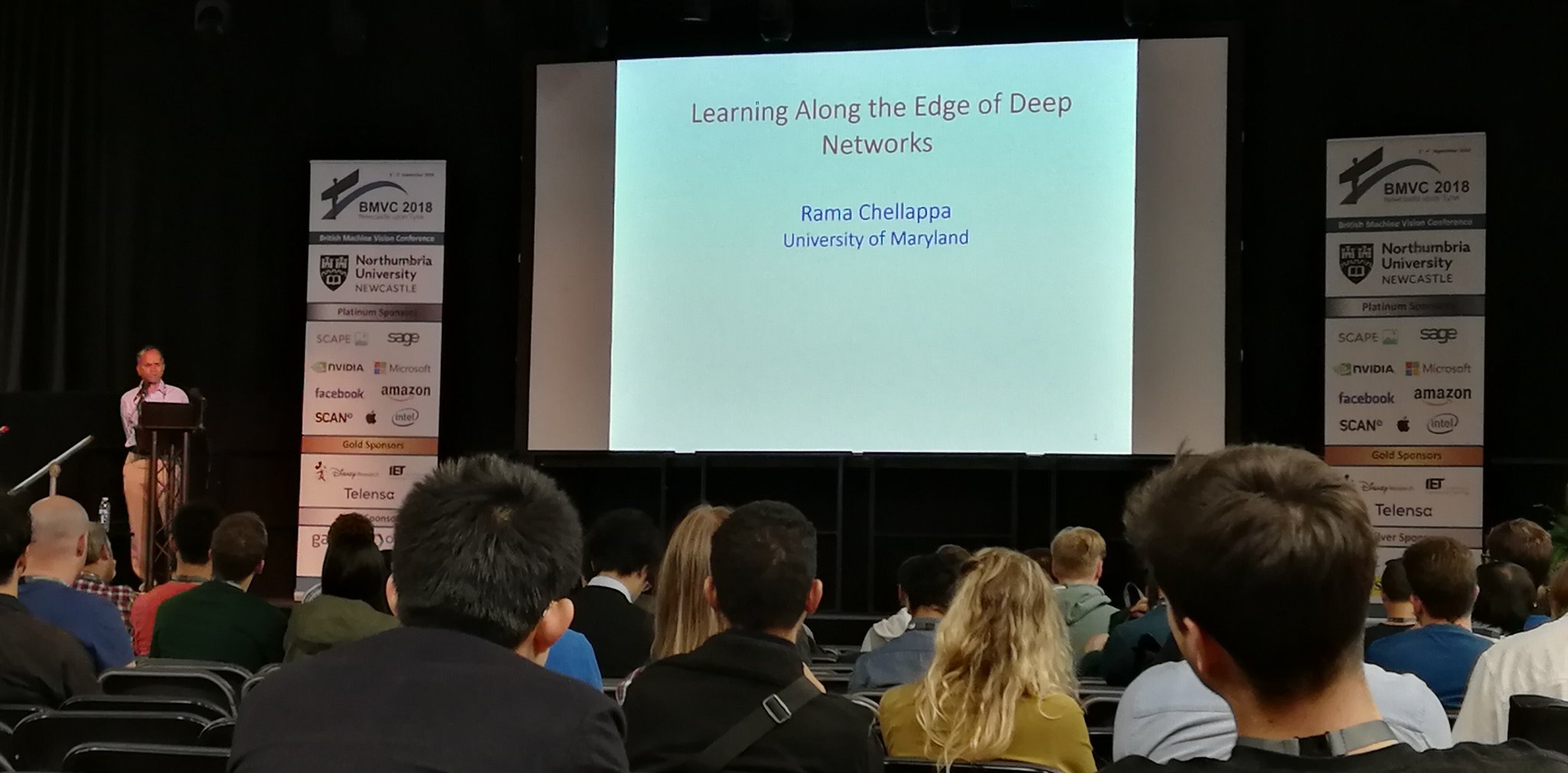News Story
Vishkin’s desktop supercomputer 11 years later: Over 750 parallel programmers at a single high school and more
Today, a typical home computer uses multiple processor cores (“multi-cores”). Their effective use by applications can benefit from harnessing the cores to jointly support the application. However, such parallel programming of multi-core machines is often too difficult.
With his research team, Professor Uzi Vishkin (ECE/UMIACS) introduced a desktop supercomputer concept in 1997 known as XMT, with intent to resolve parallel programming pains with a unique approach of using the parallel algorithmic theory to guide the design of (the hardware and software of) a computer system. Known as PRAM, the parallel algorithmic theory has been pioneered by Vishkin and other colleagues since 1980. By 2008, the XMT hardware and software prototype computer developed by Vishkin and his colleagues uses 64 parallel processors.
70 students at Thomas Jefferson High School for Science and Technology (TJHSST) in Alexandria, Virginia, have successfully programmed XMT this past spring. Since 2009, a total of 753 students at TJHSST alone have completed the course.
Computer Science and Mathematics teacher Shane Torbert has been teaching the annual course on parallel programming at TJHSST and has reported great success. The students of TJHSST agree.
“I liked how XMT involved a different way of thinking of how to approach problems,” says a student.
“XMT challenges our way of thinking. I would love to see the XMT portion of the course extended,” says another.
70 students have enrolled in the course for the upcoming 2019-2020 academic year.
Additionally, a new development for the overall XMT effort was reported in this paper, which demonstrated that XMT can be programmed in a lock-step manner. The significance of this accomplishment comes in two flavors. Textbooks on (PRAM) parallel algorithms employ just one command: "pardo" in their pseudo-code for parallel algorithm. The new contribution is that this command alone is all that is needed from the parallel programmer. Namely, such pseudo-code can be imported as-is into the XMT parallel program. The surprising result is that such program achieves the same performance as the fastest hand-optimized threaded code, which is what XMT programmers had to produce prior to this work. Furthermore, quite a few of the most senior intellectual leaders of the community dismissed the PRAM theory as irrelevant for practice. “This recent accomplishment completely refutes their criticism,” says Prof. Vishkin.
Another 2018 paper points out (see Section 4) how design choices of commercial graphics processing units (GPUs) and multi-core processors involve closer similarity to XMT than prior generations of the same products.
Published July 23, 2019









